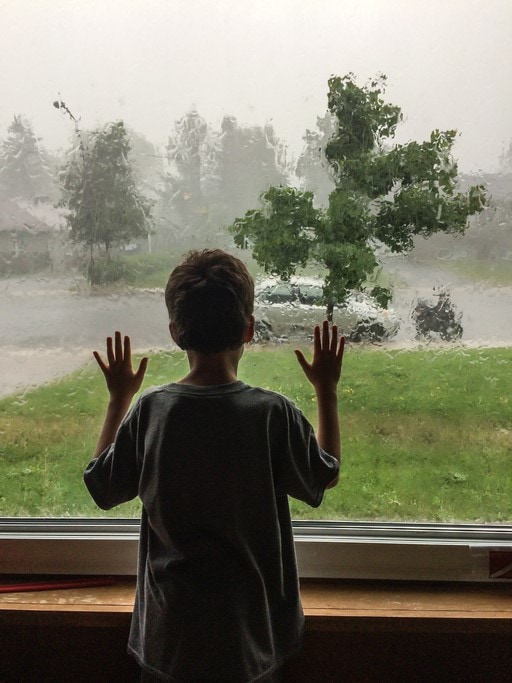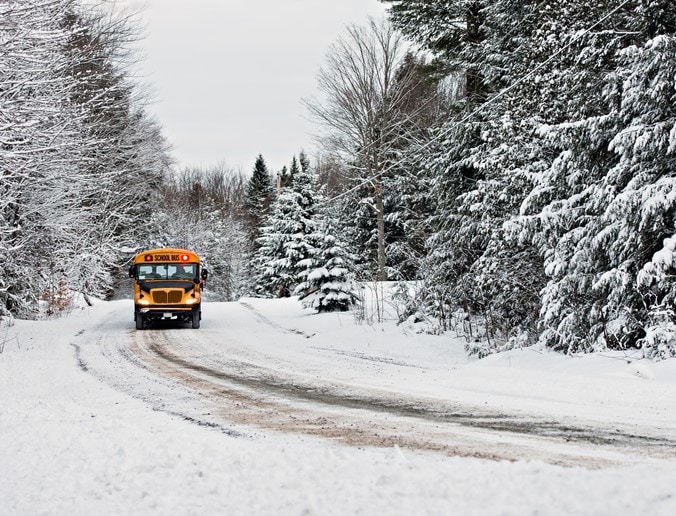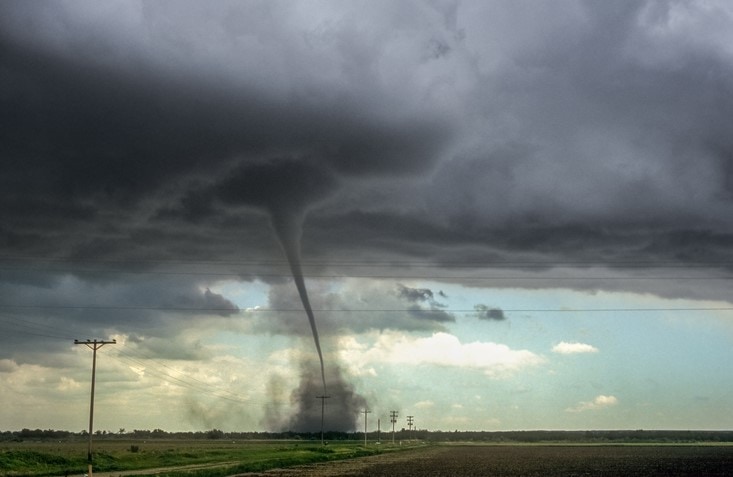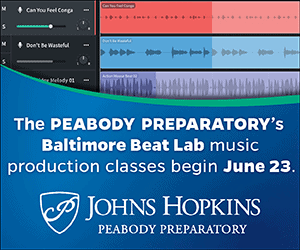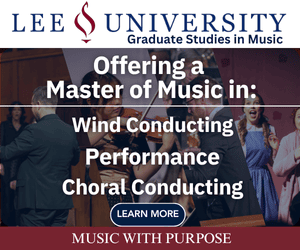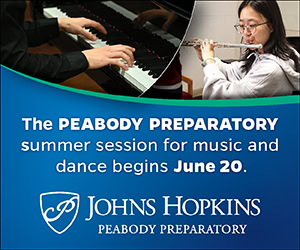/ News Posts / Instrumental Compositions for Special Learners and Friends
Instrumental Compositions for Special Learners and Friends
Three Lessons for Immersion Settings
By NAfME Members Michele Kaschub and Janice Smith
Students with special learning needs are often included in regular music instruction. These three lessons work well in immersion settings, but also are effective in self-contained settings and with students who have limited mobility, but adaptive percussion instruments. They can also be done with a variety of modified traditional instruments and with touch screen devices that have Picture Exchange Communication Systems (PECS).
Why Compose with Students with Special Learning Needs?
Students of all levels of ability should have opportunities to create with sounds as part of their musical education. It is fun to do at the appropriate level of challenge for the students. It enhances their understanding of music. Being successful at composing can enhance a student’s self-concept. The emphasis is on making meaningful contributions to the resulting product.
Stormy Weather of All Kinds
This activity expands on the idea of creating a musical thunderstorm that some teachers have done. It works toward creating more musical results by emphasizing the musical qualities of stormy weather. The participants in this session will create music for a storm of their choosing. This lesson can be used for all kinds of storms: thunderstorms, blizzards, hurricanes, dust storms, tornados. It can be repeated several times throughout the year which would allow the teacher to help the students work toward increasing musicality. If teachers record the students’ efforts, it can be fun to compare the same project done near the beginning of the year and again near the end of the year.
Teaching suggestions for your classroom:
Do this as a whole class activity with a specific type of storm. Repeat it later in the year with small groups doing different kinds of storms.
Ask the class how this type of storm begins, what it is like in the middle, how it ends. Teachers may need to play YouTube videos of the type of storm. For example, Maine children don’t usually experience tornados; Texas children may not experience blizzards.
Talk about how it feels and make a list of any words offered. Try to find contrasting sounds if possible, e.g., howling blizzard but cozy inside; torrential rain, but popcorn and a movie, etc.
Ask what sounds make them feel like that: loud sounds of thunder but quieter sounds of rain. Wind howling but silence of snowfall, etc.
Make a plan for the piece: How will it begin? What will the middle be like? How will it end? What sounds will be used? Who will lead the group?
Using whatever sounds are available, try to create stormy music using dynamics and layers of sound but thinking about:
-
- M: the sense of motion
- U: something to unify it, how to create and then release the tension of the storm
- S: where silence might be effective
- T: how to create and then release the tension of the storm,
- S: any surprises they want to create.
Ask questions and wait for responses. Try not to rush the creative or intellectual processes.
Use your musicality as a teacher to make the results even more musical by how you shape the process.
Rehearse the piece and record the results. Play back and take suggestions for improvement. Do it again.
Ways of including learners with exceptionalities of various kinds will be discussed as we conduct our session at the 2019 NAfME National Conference with a special emphasis on how to help children with sound sensitivities complete the activity successfully and how to include students with limited fine-motor control.
Max Found Two Sticks
This lesson is based on the book Max Found Two Sticks by Brian Pinkney (Aladdin, 1997).
Begin by asking the students if they have ever had a day when they just didn’t feel like talking to anyone. Then read the book. Review the things Max played on and the rhythms he created. What other sounds did he imitate? Additional suggestions will be made during the session.
Chamber Music Trios
Participants in this session will do the lesson. If possible, have the children experience a live chamber music group. A small percussion ensemble is ideal. Watch online video, if live is not possible. Specific suggestions will be part of this session. The use of Arranging Cards on touch devices and regular cards will be explained.
|
Melody Only |
1st instrument only |
2 Instrument Only |
Melody with First Instrument |
|
Melody with Second Instrument |
Melody with Both First and Second Instrument |
Both First and Second Instruments without the Melody |
Silence |
|
Melody Only |
First Instrument Only |
Second Instrument Only |
Melody with First Instrument Only |
|
Melody with Second Instrument |
Melody with Both First and Second Instrument |
Both First and Second Instrument without the Melody |
Melody with Second Instrument |
We invite you to attend our presentation, “Instrumental Compositions for Special Learners and Friends,” at the upcoming NAfME National Conference in Orlando, Florida, on Friday , November 8. We look forward to sharing these and other activities and strategies with you there. For more information or to get in touch, e-mail us at kaschub@usm.maine.edu or janice.smith@qc.cuny.edu.
“Instrumental Compositions for Special Learners and Friends” will be presented as part of the “Amplify: Creativity” strand at the 2019 NAfME National Conference on November 8, 2019, at 10:30 AM.
About the authors:
 Janice Smith is Professor of Music Education at the Aaron Copland School of Music, Queens College, City University of New York. She teaches in general music, foundations of music education, and music methods for elementary teachers. Dr. Smith previously had a thirty-year career as a general music specialist in the Maine public schools.
Janice Smith is Professor of Music Education at the Aaron Copland School of Music, Queens College, City University of New York. She teaches in general music, foundations of music education, and music methods for elementary teachers. Dr. Smith previously had a thirty-year career as a general music specialist in the Maine public schools.
Dr. Smith’s writings have appeared in Music Educators Journal, General Music Today, Research Studies in Music Education, and Music Education Research International. She has presented sessions at state, national, and international music education conferences. She co-authored with Michele Kaschub the book Minds on Music: Composition for Creative and Critical Thinking (Rowman & Littlefield, 2009) and Exploring Music Composition in Grades 3–5 (Oxford, 2017). She is co-editor with Kaschub of Composing Our Future: Preparing Music Educators to Teach Composition and of Promising Practices in 21st Century Music Teacher Education both published by Oxford University Press.
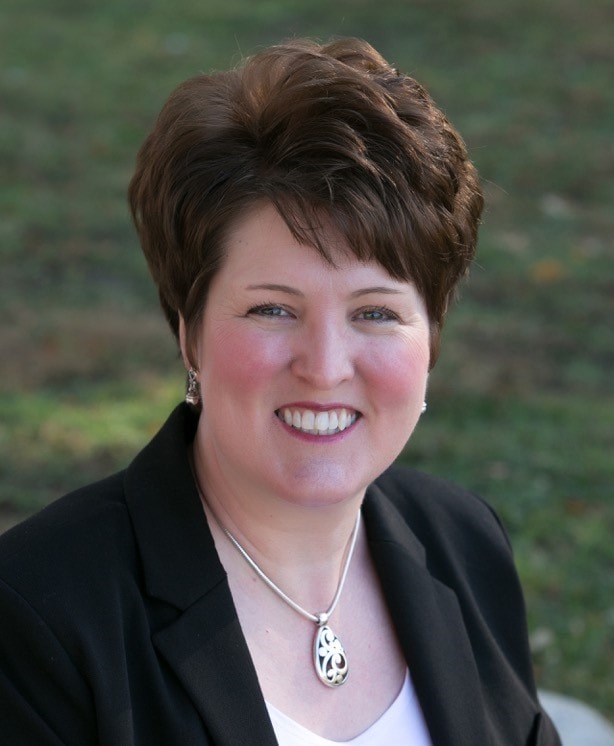 Michele Kaschub is Professor of Music and Coordinator of Music Teacher Education at the University of Southern Maine School of Music in Gorham, Maine. Prior to teaching at the collegiate level, Dr. Kaschub taught 6–12 general and choral music in Camden, Maine, and elementary music in Glencoe, Illinois. Her research interests include children’s composition, composition pedagogy, choral music education, curriculum design/assessment, and teacher development. She is co-author of Minds on Music: Composition for Creative and Critical Thinking (Rowman & Littlefield, 2009) and Experiencing Music Composition in Grades 3–5 (Oxford University Press, 2016), co-editor of Composing Our Future: Preparing Music Educators to Teach Composition (Oxford University Press, 2013), and Promising Practices in 21st Century Music Teacher Education (OUP, 2014), and has contributed chapters in several pedagogy texts and articles in professional journals. Dr. Kaschub is the current Chair & Editor of Music Educators Journal. An active clinician and guest lecturer, she has presented research papers and workshops at conferences throughout the United States and abroad.
Michele Kaschub is Professor of Music and Coordinator of Music Teacher Education at the University of Southern Maine School of Music in Gorham, Maine. Prior to teaching at the collegiate level, Dr. Kaschub taught 6–12 general and choral music in Camden, Maine, and elementary music in Glencoe, Illinois. Her research interests include children’s composition, composition pedagogy, choral music education, curriculum design/assessment, and teacher development. She is co-author of Minds on Music: Composition for Creative and Critical Thinking (Rowman & Littlefield, 2009) and Experiencing Music Composition in Grades 3–5 (Oxford University Press, 2016), co-editor of Composing Our Future: Preparing Music Educators to Teach Composition (Oxford University Press, 2013), and Promising Practices in 21st Century Music Teacher Education (OUP, 2014), and has contributed chapters in several pedagogy texts and articles in professional journals. Dr. Kaschub is the current Chair & Editor of Music Educators Journal. An active clinician and guest lecturer, she has presented research papers and workshops at conferences throughout the United States and abroad.
Did this blog spur new ideas for your music program? Share them on Amplify! Interested in reprinting this article? Please review the reprint guidelines.
The National Association for Music Education (NAfME) provides a number of forums for the sharing of information and opinion, including blogs and postings on our website, articles and columns in our magazines and journals, and postings to our Amplify member portal. Unless specifically noted, the views expressed in these media do not necessarily represent the policy or views of the Association, its officers, or its employees.
Catherina Hurlburt, Marketing Communications Manager. October 2, 2019. © National Association for Music Education (NAfME.org)
Published Date
October 2, 2019
Category
- Special Education
Copyright
October 2, 2019. © National Association for Music Education (NAfME.org)
